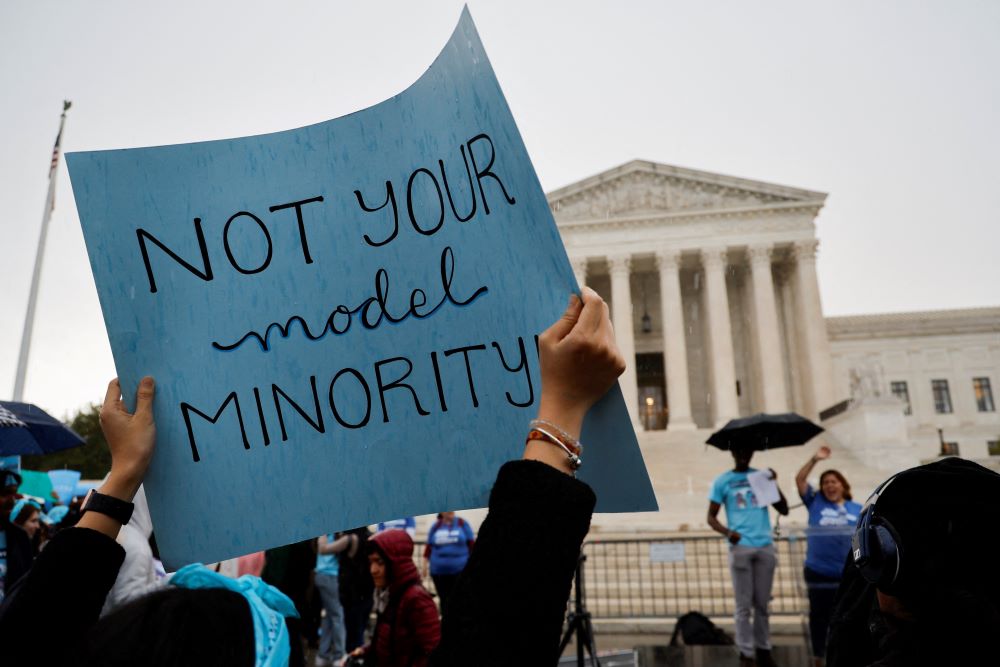Two Supreme Court decisions on June 29 had special significance for those concerned about the intersection of law and religion, and the results couldn't have been more different.
In the first case, Groff v. DeJoy, an evangelical Christian sued the postmaster general because he was told he must work on Sundays. The court, in a unanimous decision — that's right, a unanimous decision — sided with the employee. Writing for the court, Justice Samiel Alito said, "an employer must show that the burden of granting an accommodation would result in substantial increased costs in relation to the conduct of its particular business."
It had been 50 years since the court had actually looked at what standard should apply to flesh out the kind of accommodations Title VII of the Civil Rights Act requires, and a lot of regulations had been passed since. The fact that the decision was unanimous is a big, flashing light to those who think they can override the religion clauses of the First Amendment for any but the most extreme reasons.
The second decision was more controversial, and more contested. It addressed two challenges to the affirmative action policies at Harvard University and the University of North Carolina brought by an advocacy organization, Students for Fair Admissions.

Supporters and opponents of affirmative action demonstrate near the U.S. Supreme Court building in Washington Oct. 31, 2022. In a 6-3 ruling, the Supreme Court June 29 struck down race-based admissions at Harvard and the University of North Carolina. (CNS/Reuters/Jonathan Ernst)
The chief justice set out the court's history of rulings on race and the 14th Amendment's equal protection clause. "Despite the early recognition of the broad sweep of the Equal Protection Clause, the Court—alongside the country—quickly failed to live up to the Clause's core commitments," Roberts wrote.
For almost a century after the Civil War, state-mandated segregation was in many parts of the Nation a regrettable norm. This Court played its own role in that ignoble history, allowing in Plessy v. Ferguson the separate but equal regime that would come to deface much of America.
After half a century wrestling with the "separate but equal" regime the court had established, they finally struck down Plessy in the landmark 1954 Brown v. Board of Education, by which the court, and with it the country, "began on the path of invalidating all de jure racial discrimination by the States and Federal Government. The conclusion reached by the Brown Court was unmistakably clear: the right to a public education 'must be made available to all on equal terms.' "
No comments:
Post a Comment